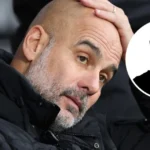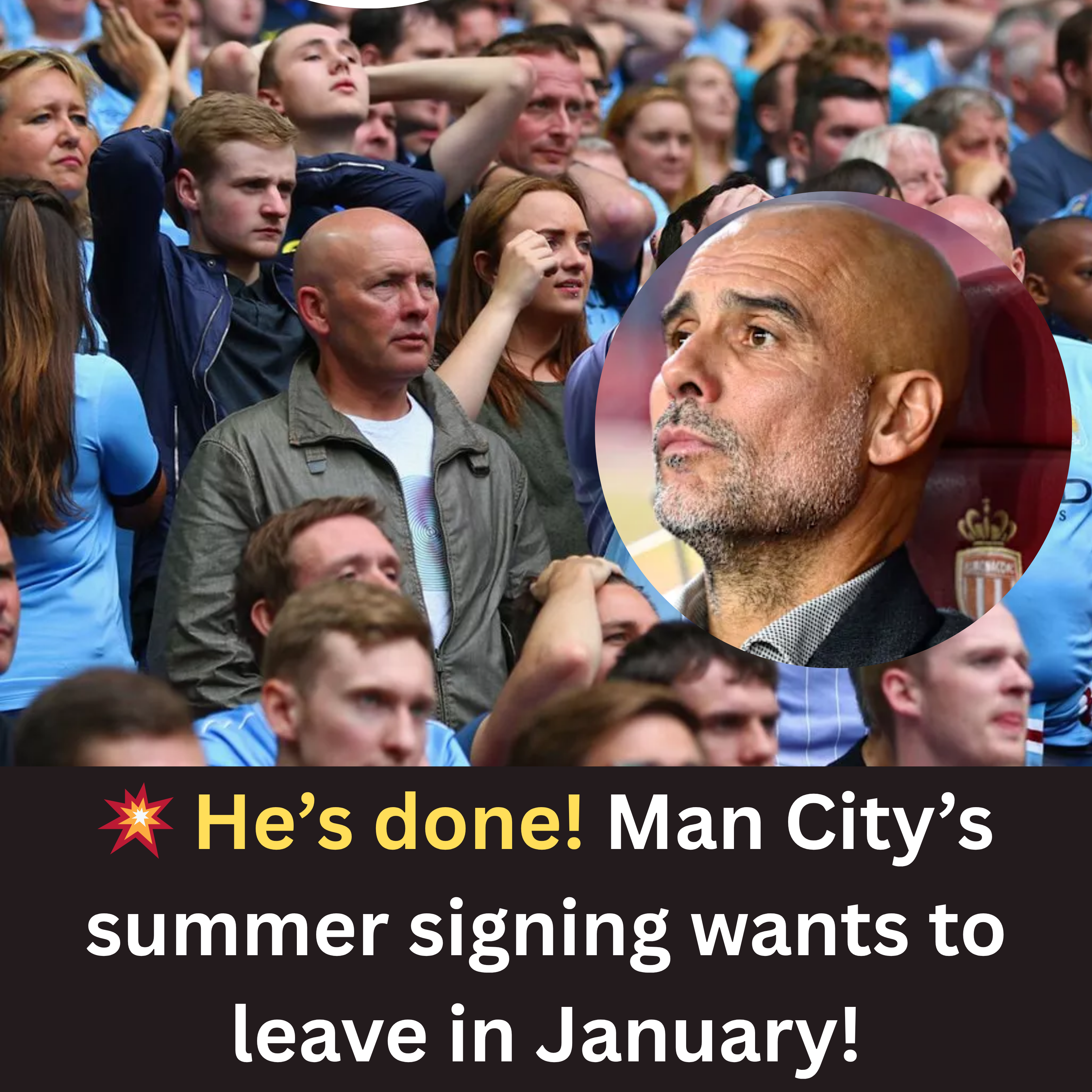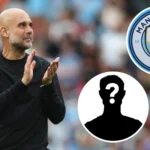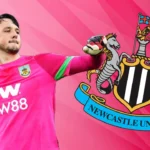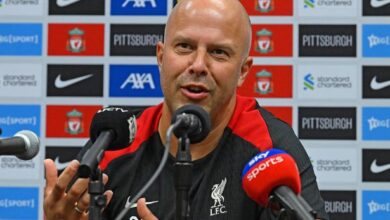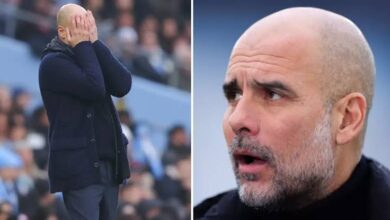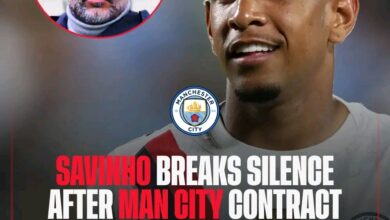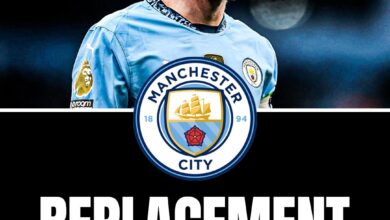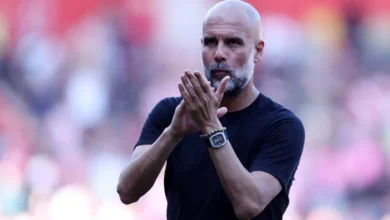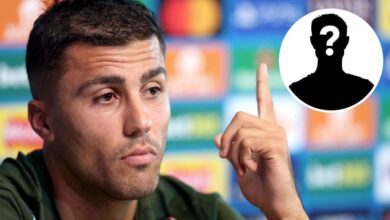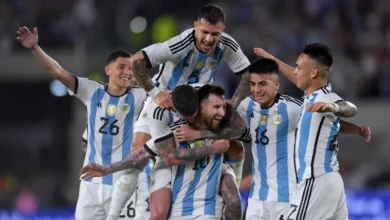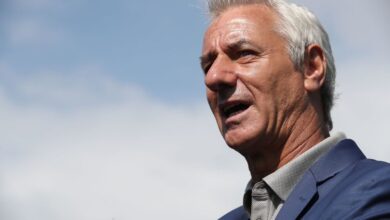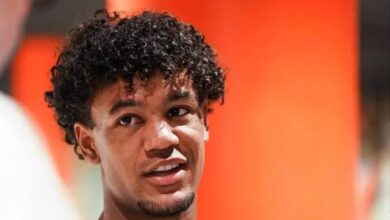Man City ‘Agree Deal’ to Re-Sign Former Goalkeeper
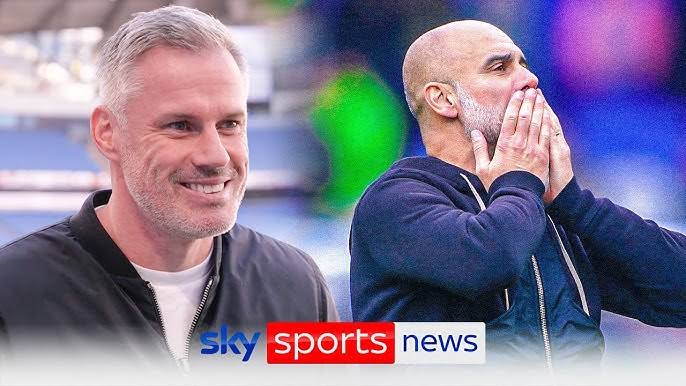
The football transfer market rarely follows predictable patterns, but few moves exemplify the cyclical nature of modern player development quite like James Trafford’s anticipated return to Manchester City. The 21-year-old goalkeeper’s journey from the Etihad Stadium to Burnley and back again represents more than just a simple transfer—it’s a masterclass in strategic squad planning, youth development, and the evolving economics of the modern game.
The Academy Graduate’s Departure
When Manchester City sold James Trafford to Burnley in the summer of 2023 for £14 million, it appeared to be another example of the club’s prolific academy system generating revenue from promising young talents who couldn’t quite break into the first team. However, the inclusion of a £40 million buy-back clause revealed the true nature of City’s thinking—this wasn’t a permanent goodbye, but rather a calculated investment in the player’s development.
Trafford’s departure came at a time when Manchester City’s goalkeeping situation seemed settled. Ederson had established himself as one of the Premier League’s most reliable shot-stoppers, while Stefan Ortega provided quality backup and competition. For a young goalkeeper eager for first-team football, the pathway at City appeared blocked for the foreseeable future.
The decision to move to Burnley represented a pragmatic choice for all parties involved. Trafford would gain invaluable Premier League experience, Burnley would secure a talented young goalkeeper with Premier League potential, and City would retain significant control over their former academy product’s future while generating immediate revenue.
Development Through Adversity
Trafford’s time at Burnley has been nothing if not educational. Playing for a team that has faced relegation battles and experienced the full spectrum of Premier League challenges has provided the young goalkeeper with experiences that no amount of academy training could replicate. The pressure of performing in high-stakes matches, dealing with defensive systems under constant pressure, and maintaining composure in hostile environments are all crucial elements of a top-level goalkeeper’s education.
During his stint at Turf Moor, Trafford has demonstrated the qualities that initially caught Manchester City’s attention. His shot-stopping ability, distribution, and command of his penalty area have all shown marked improvement. Perhaps more importantly, he has developed the mental resilience that separates good goalkeepers from great ones—a quality that can only be forged through regular competitive football.
The statistics from his time at Burnley tell a compelling story. Despite playing for a team that often found itself under siege, Trafford’s save percentage and clean sheet ratio remained competitive. His ability to make crucial saves in decisive moments has not gone unnoticed by scouts and analysts across the Premier League.
The Economics of Buy-Back Clauses
The financial structure of Trafford’s potential return highlights the sophisticated approach modern clubs take to player trading. The original sale for £14 million provided City with immediate revenue and freed up a squad place, while the buy-back clause ensured they retained first refusal on a player they clearly valued highly.
The reported £27 million fee represents a significant profit for City—essentially doubling their money while allowing the player to develop elsewhere. This model has become increasingly common among top clubs, particularly those with strong academy systems. It allows for revenue generation while maintaining control over promising talents who may not be ready for immediate first-team opportunities.
For Burnley, the arrangement provided access to a quality goalkeeper while understanding that his stay might be temporary if he performed well. The club has benefited from Trafford’s development and will receive a substantial fee that can be reinvested in their squad.
Guardiola’s Goalkeeping Philosophy
Pep Guardiola’s approach to goalkeepers extends far beyond shot-stopping ability. His keepers must be comfortable with the ball at their feet, capable of initiating attacks, and mentally strong enough to handle the high-pressure situations that come with playing for Manchester City. Trafford’s development at Burnley has likely enhanced all these attributes.
The young goalkeeper’s distribution has always been a strength, but regular Premier League football has refined his decision-making under pressure. His ability to play out from the back—a crucial requirement in Guardiola’s system—has been tested and improved through constant exposure to pressing situations.
Trafford’s physical presence and command of his area have also developed significantly. These qualities become even more important in City’s system, where the goalkeeper often finds himself as the last line of defense during high defensive lines and aggressive pressing.
The Competitive Landscape
Manchester City’s interest in re-signing Trafford comes at a time when the goalkeeping position across the Premier League is in flux. Several top clubs are reassessing their options between the posts, creating a competitive market for quality keepers.
The reported interest from Newcastle United adds another layer to the transfer saga. Newcastle’s transformation under new ownership has made them an attractive destination for ambitious players, and their need for a long-term goalkeeping solution is well-documented. The competition between these two clubs likely contributed to the final transfer fee.
Trafford’s England Under-21 performances have also attracted attention from various quarters. His international experience, combined with his Premier League exposure, makes him an attractive prospect for any club looking to invest in their goalkeeping future.
Strategic Squad Planning
City’s move to re-acquire Trafford suggests significant changes in their goalkeeping department. With both Ederson and Stefan Ortega approaching different phases of their careers, the club appears to be planning for both immediate needs and long-term succession.
The Brazilian Ederson, despite his relative youth, has been City’s first-choice goalkeeper for several seasons. The physical and mental demands of playing at the highest level, combined with international commitments, naturally lead to considerations about rotation and eventual succession planning.
Ortega’s role as a capable backup has been valuable, but the German’s age profile suggests City are looking toward a younger alternative who can eventually transition into a starting role.
The Modern Goalkeeper Profile
Trafford represents the modern goalkeeper archetype that has become essential in contemporary football. His combination of traditional shot-stopping skills with excellent distribution and comfort in possession makes him ideally suited to the demands of top-level football.
The evolution of the goalkeeper’s role has been dramatic over the past decade. No longer simply the last line of defense, modern keepers are expected to be playmakers, sweepers, and psychological leaders. Trafford’s development at Burnley has exposed him to all these aspects of the position.
His age profile is particularly attractive in the context of Manchester City’s planning. At 21, he offers the potential for a decade or more of service at the highest level, making the investment both practical and strategic.
Integration Challenges and Opportunities
Returning to Manchester City will present Trafford with unique challenges. The expectations at the Etihad are significantly higher than those he faced at Burnley, and the margin for error is correspondingly smaller. However, his Premier League experience should serve him well in adapting to these pressures.
The familiarity with City’s systems and philosophy from his academy days provides a foundation for integration. The coaching staff’s knowledge of his strengths and areas for development should facilitate a smoother transition than might be expected for an external signing.
Competition for the number one spot will be intense, but this environment has historically brought out the best in City’s players. The presence of experienced professionals like Ederson can provide mentorship while maintaining competitive standards.
Long-Term Vision
Manchester City’s approach to the Trafford situation reflects their broader strategic vision. The club has consistently demonstrated an ability to balance immediate success with long-term planning, and this transfer exemplifies that approach.
The investment in Trafford represents confidence in their evaluation processes and development programs. It suggests that City view him not just as a backup option, but as a genuine long-term solution to their goalkeeping needs.
The financial structure of the deal also demonstrates the club’s sophisticated approach to squad building. By activating the buy-back clause at a reasonable fee, they secure a valuable asset while maintaining financial flexibility for other areas of the squad.
Conclusion
James Trafford’s return to Manchester City represents more than just a transfer—it’s a validation of modern football’s approach to player development and strategic planning. His journey from promising academy graduate to Premier League regular and back to his parent club illustrates the complex pathways that define contemporary football careers.
The success of this move will ultimately be measured not just in immediate performance, but in how well it serves City’s long-term ambitions. For Trafford, it represents the opportunity to fulfill the potential that first brought him to City’s attention. For the club, it’s a calculated investment in their future success.
As the modern game continues to evolve, stories like Trafford’s highlight the importance of patience, strategic thinking, and the willingness to invest in young talent. His return to Manchester City may well prove to be one of the most astute pieces of business in recent transfer windows, demonstrating that sometimes the best signings are the ones that come full circle.

